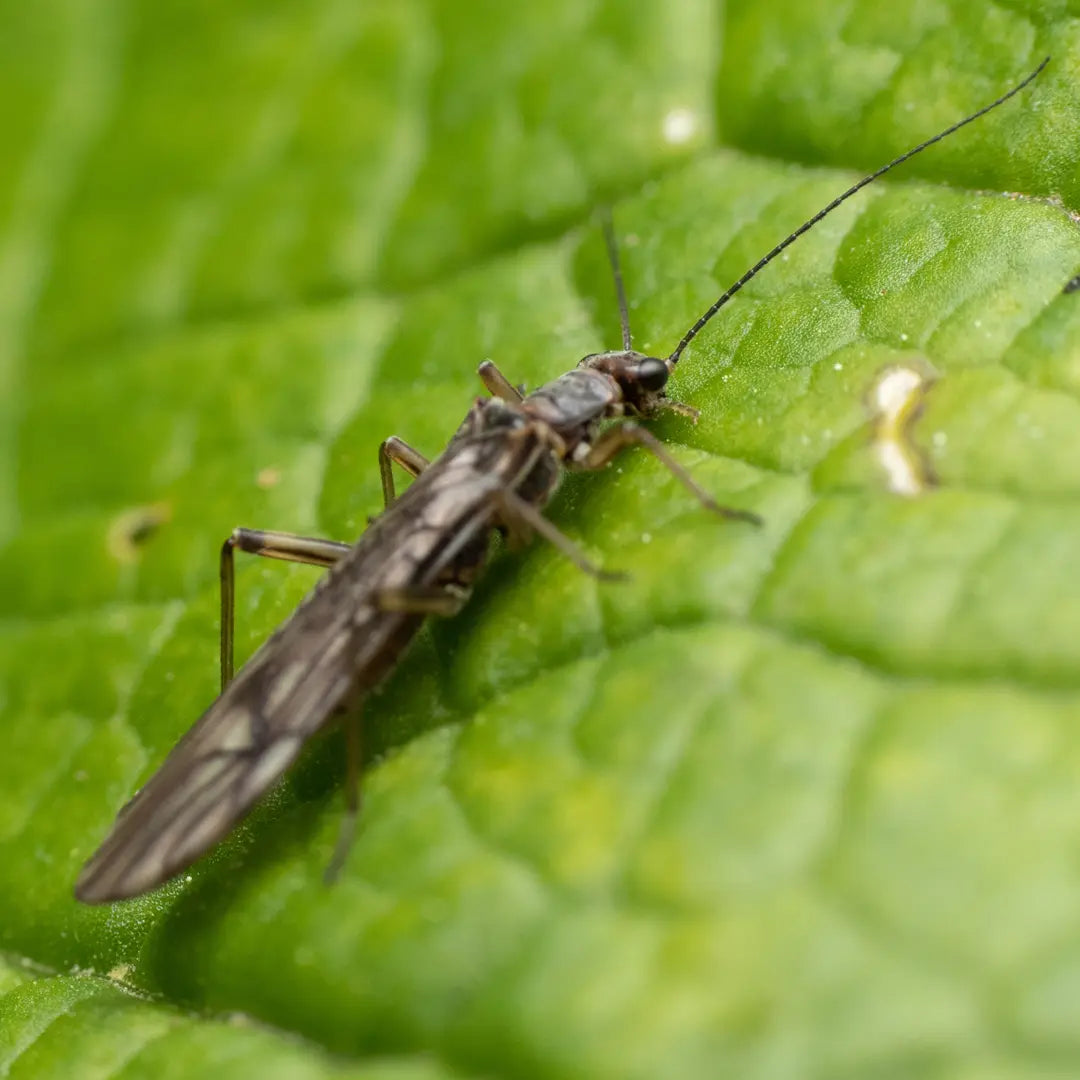
Thrips: The Biting Bugs
Chilli plants, a popular choice for many gardening enthusiasts in New Zealand, are not just appreciated for their fiery flavours and colourful aesthetics, but also for their versatility in cuisine. However, these beloved plants often find themselves under attack by an insidious foe - thrips. This comprehensive guide will help you recognise, prevent, and treat thrips infestations to ensure your chilli plants remain healthy, strong, and productive.
Thrip Tales: The Tiny Terrors That Torment Chilli Plants
Thrips, minute insects belonging to the Thysanoptera order, are notorious for causing significant damage to various plant species, including chilli plants. These tiny, winged insects feed on plant cells, stunting growth and potentially spreading viruses. There are over 6,000 known species of thrips, but the most common ones affecting chilli plants are the Western Flower Thrips (Frankliniella occidentalis) and the Chilli Thrips (Scirtothrips dorsalis).
Collapsible content
Identification
Detecting thrips on your chilli plants requires a keen eye, as they are small, ranging from 0.5 to 2 millimetres in length, and can be easily overlooked. Thrips vary in colour, from transparent white or yellowish to dark brown or black. They have two pairs of feathery wings, which they use to migrate between plants.
Symptoms of thrips infestation on chilli plants include:
- Curling, deformed, or discoloured leaves
- Silvering or scarring on the surface of leaves and fruits
- Black spots on leaves (thrips' droppings)
- Premature fruit drop or reduced yield
To confirm a thrips infestation, gently shake the plant over a sheet of white paper, and watch for tiny insects scurrying about.
Prevention
Preventing thrips infestations is crucial to maintaining healthy chilli plants. Follow these steps to create a robust defence:
- Practice good hygiene: Remove plant debris and weeds from your garden, as they can harbour thrips and their eggs.
- Inspect new plants: Always check for thrips before introducing new plants to your garden.
- Use reflective mulch: Lay reflective mulch around your chilli plants to deter thrips.
- Encourage beneficial insects: Attract ladybirds, lacewings, and predatory mites, which prey on thrips.
- Regular monitoring: Routinely check your chilli plants for signs of thrips and take prompt action if necessary.
Natural Treatments
If you find thrips on your chilli plants, consider using these natural, organic methods to eliminate them:
- Neem oil: Apply neem oil to the affected plants, as it disrupts the lifecycle of thrips and deters feeding.
- Insecticidal soap: Spray a solution of insecticidal soap and water on your chilli plants to eliminate thrips.
- Diatomaceous earth: Sprinkle food-grade diatomaceous earth around your chilli plants, as it kills thrips by damaging their exoskeletons.
- Biological control: Release beneficial insects, such as ladybirds and lacewings, to prey on thrips.
Chemical Treatments
If natural remedies fail to control the thrips infestation, consider using synthetic pesticides as a last resort. Products containing active ingredients such as spinosad, abamectin, or imidacloprid are effective against thrips. However, use these chemicals judiciously, as they can also harm beneficial insects and have potential environmental implications. Follow the instructions on the product label and adhere to the recommended application rates and safety precautions.
Thrips may be small, but they can wreak havoc on your chilli plants if left unchecked. By understanding their behaviour, monitoring your plants, and employing effective prevention and control strategies, you can protect your chilli plants from these pesky insects. Remember that prevention is always better than cure, so take proactive measures to keep thrips at bay. However, if you do find thrips on your chilli plants, try natural solutions first and use chemical treatments as a last resort. With vigilance and proper care, your chilli plants can flourish, and you can enjoy a bountiful harvest in the New Zealand growing season.



